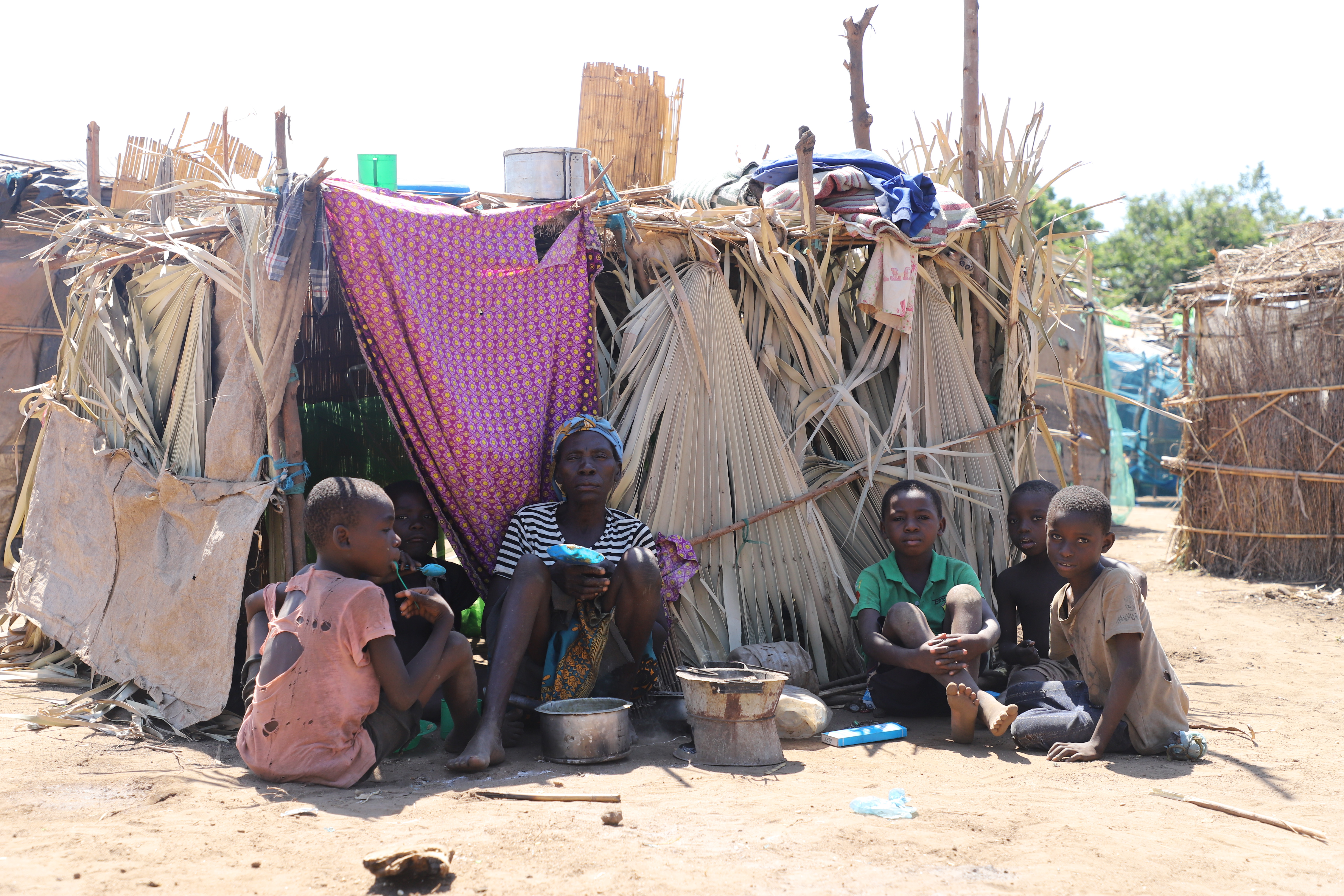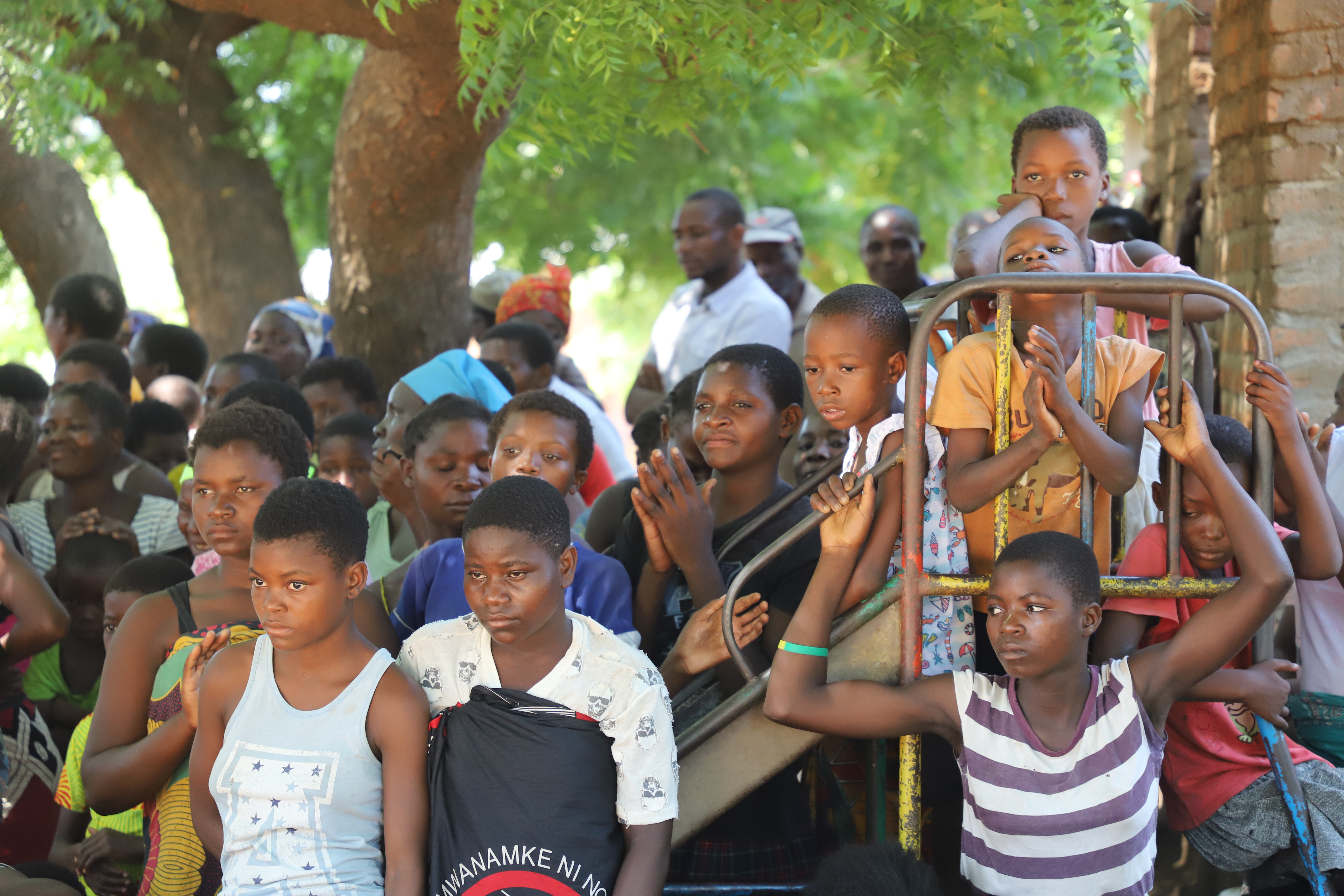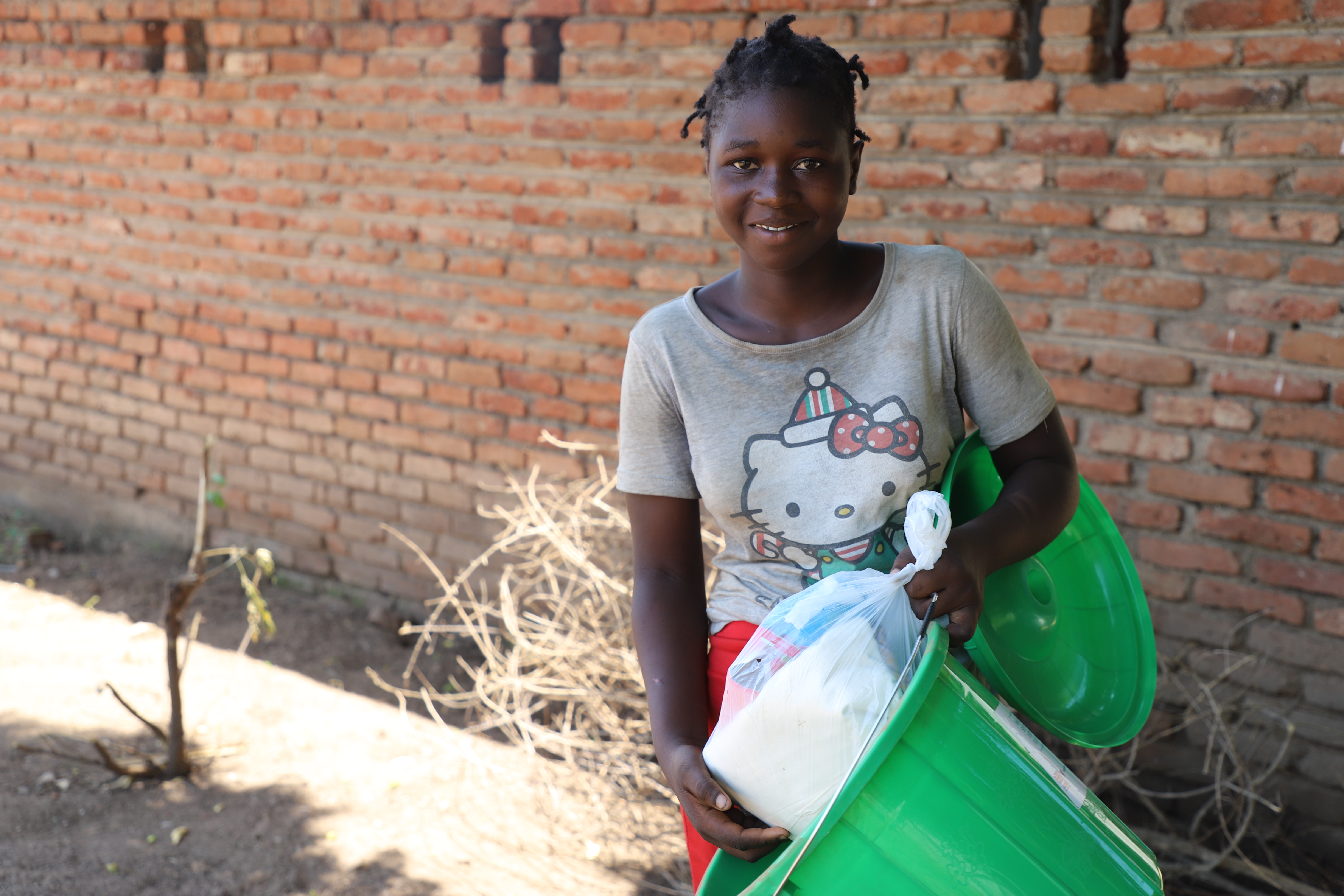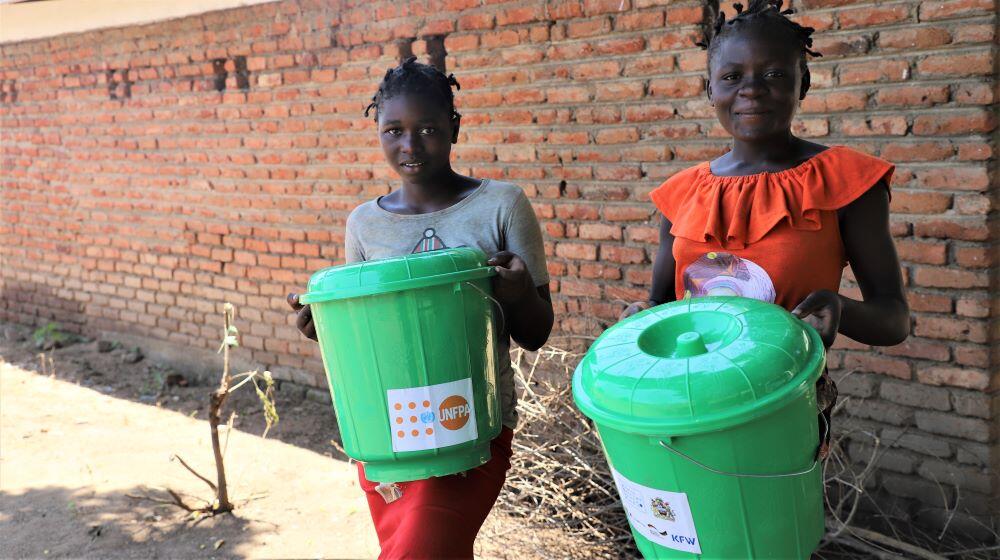On this Monday morning, Jakina* (not real name) grabbed her notebooks and set for the one-hour long journey to school. As she left the house, dark grey clouds rolled over the sky signaling a potential storm. Although Jakina had heard about a looming storm, Tropical Storm Ana, the young girl is undeterred in her quest.
After walking almost half the distance, the skies open up and it starts to rain. The downpour become more intense, and within some minutes, the fields nearby started to fill with running water. Tropical Storm Ana had arrived.
Fearing for the worst, Jakina ran back home.
“I found everyone in the kitchen,” says the 13-year-old girl from Hapalikusala village in Nsanje. “They were worried about my safety but when they saw me, they were happy.”

As the rains continued, the walls of the kitchen started to give way.
“We had to move to the main house as the walls started cracking letting some water in,” she recalls. “In the main house, it was the same. There was a lot of water coming through the main door. We had nowhere to hide.”
Cyclone Ana lives a trail of destruction
Left with no choice, the family decided to abandon their home. Their only option to survive the floods was to seek refuge in villages located in the uplands. Quickly, they gathered belongings they could carry and waded through the rising waters.
“By and by, the floods became too strong and we risked being swept away if we continued with our journey,” says Jakina.
Sensing danger, Jakina’s father suggested that they climb some trees in the village cemetery to avoid being swept away by the now raging floods. The family of six clambered the tallest trees with the hope that the rains would stop soon. But for the next eight hours, the rains fell incessantly submerging the whole village.
“We spent the whole night in the trees,” she says. “It was scary as all we could see was water.”
After what seemed like eternity hanging precariously on dry tree branches, the family was finally rescued by the government search and rescue team and were evacuated to Ntole Camp.
Adolescent girls facing challenges in camps
“All my personal belongings are gone,” says Jakina. “My books, clothes, menstrual pads, all gone. Since we were located at this place, I haven’t had a proper bath, there are no toilets and we have to resort to the bush where there is no privacy.”

Jakina is not the only girl in the camp who went through this ordeal. Sixteen-year-old Dorica Daniel is from Chagaka village in the district. She was lucky to be rescued when the water levels started rising. Although she is grateful for being alive, she says camp life is challenging.
“There are many men and boys in the camp,” she says. “I don’t feel safe as there are no clear demarcations on sleeping place for females and males.”
UNFPA’s response
When disaster strikes, UNFPA ensures that the reproductive health needs and protection concerns of women and girls are integrated into emergency responses. One of the ways in which UNFPA supports women and girls in the aftermath of natural disasters is by providing 'dignity kits'.
Before the flooding disaster, UNFPA with financial support from KfW, prepositioned 6,600 dignity kits, and 700 have already been distributed in three camps in Nsanje camps.

And Jakina is one of the beneficiaries.
“I am so happy to receive this package,” she says. “It has all the things I needed such as soap and sanitary pads. Now I can maintain proper hygiene.”
According to a latest the latest Interagency Assessment report for Nsanje, 16,612 households have been affected representing a population of 83,060 displaced and living in camps.
Joseph Scott, Communications Analyst


